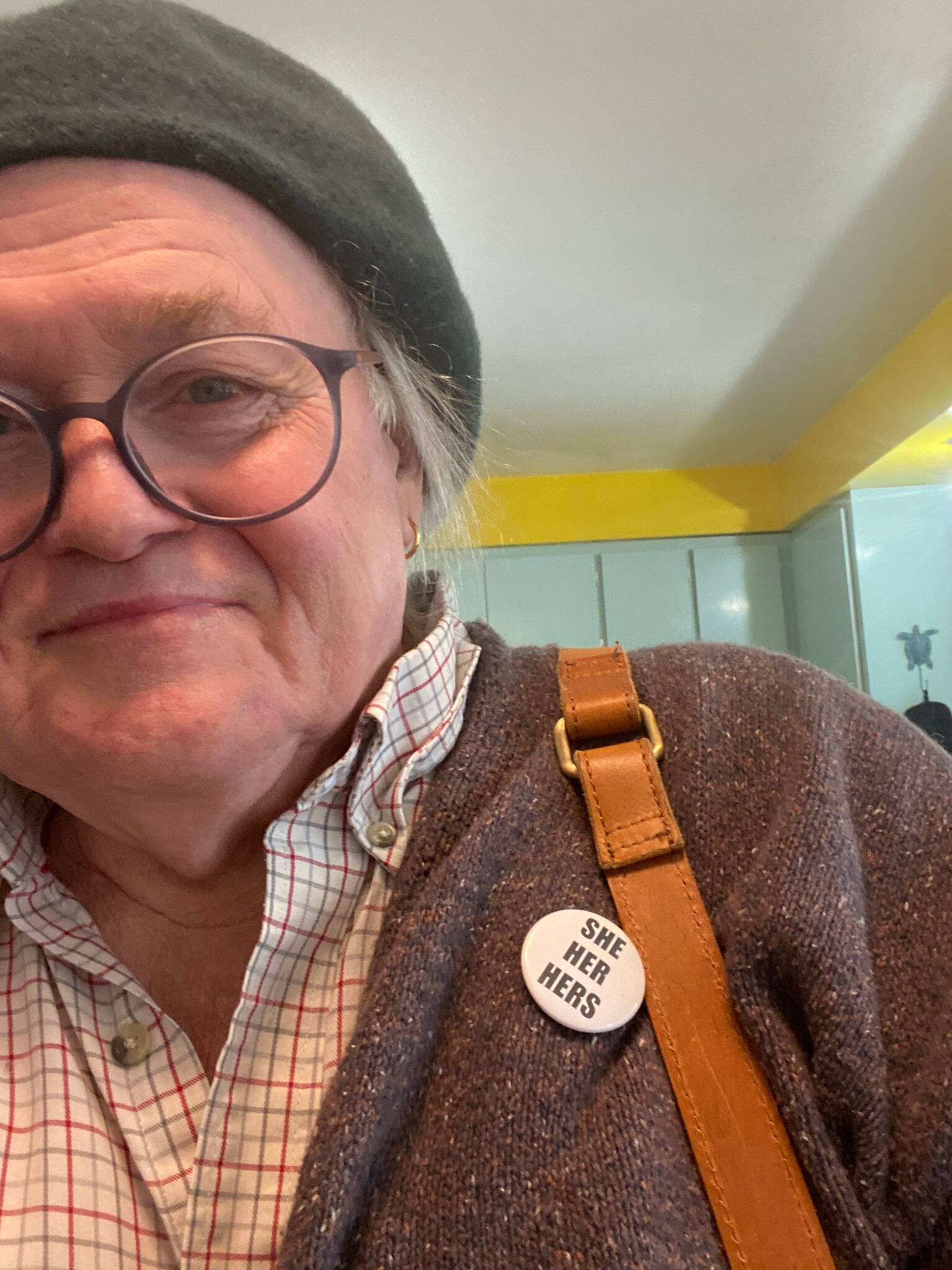I saw the ghost of James Joyce.
Well, I didn’t actually see the Irish writer’s ghost, but he was there, to be sure, leaning on his cane among the Paris greenery and the brownery and the bluery.
Or maybe that was him drinking free beer at the local bluery. (In his last novel, Joyce digresses with a little fairy tale that ends not with “and they all lived happily ever after.” This is an Irish fairy tale; it ends with “and they all drank free.”)
My first time in Paris 12 years ago was a miserable trip, but I fell in love with the city and its denizens nevertheless, so I get there as often as I can, for as long as I can. In between hanging out with friends and haunting museums by day and music clubs by night, I always make a number of little literary pilgrimages to visit some writers who have been important to me.
First among them is Heloïse d’Argenteuil, whose remains are interred at Pere Lachaise cemetery together with those of her partner the philosopher Peter Abelard. The tragic story of their love is one of the great stories from 12th-century Paris, and Heloïse’s letters to Abelard are masterpieces of medieval literature.
Abelard was famous as a logician — and I talk about some of his ideas about logic in my Writing for the Workplace seminars–but I find Heloïse’s thinking to be more human, more recognizably modern, and more … well, more thoughtful, in part because her logic makes room for the irrational. In one of her letters, for instance, she argues that a marriage should be based on the delusion that one’s partner is the best partner in the world. It may be a delusion, she says, but it’s true.
After Heloïse and Abelard, I hoof it across town to the cemetery at Montparnasse, where I visit the graves of two writers whose names will be familiar to readers of this column: Simone de Beauvoir and Jean-Paul Sartre. Beauvoir and Sartre are also two lovers who happen to be great philosophers. They share a common gravestone that visitors regularly adorn with a shmear of red lipstick kisses and hearts.
(A Paris friend informs me waggishly that the adoration is for Beauvoir exclusively, and emphatically not for Sartre, who once cryptically declared that “hell is other people.” Other people are only too willing to return the compliment.)
Then I visit the gravesite of Samuel Beckett, whose poetry and dramatic works were a big influence on me in my 20s, and once had me hawking hot dogs from a street vendor’s cart in lower Manhattan. (Long story, another time.)
Finally I pay a little personal homage to James Joyce. The Irish writer is buried in Zurich, but lived many years in Paris, so I wander over to the gated impasse that leads to the apartment where he lived in 1921, the year he finished writing his great work, “Ulysses,” a book that feels like family for my twin sister Judy and me.
That’s where I didn’t actually see his ghost. But sure I had standing at my side the spirit of his own great fictional hero Leopold Bloom.
Aristotle defines a hero as a character that writers portray as better than the rest of us, “the way good painters represent people as more beautiful than they really are.”
With Leopold Bloom, Joyce redefines the literary concept of heroism. Bloom is the hero precisely because he isn’t. He’s no better than the rest of us, no different, and doesn’t try to be.
Indeed, his “heroic” success at the end of the book comes not from some great struggle or feat or action, not from anything he does at all, but from a mistake, when his wife Molly misinterprets some gibberish he utters as he falls asleep at the end of a long day.
What makes Bloom a hero is simply who he is, day to day, and how it impacts the people around him.
At one point in the narrative Bloom is referred to as “the new womanly man,” and I think this oxymoron is key to understanding Joyce’s novel. Bloom is a synthesis of opposites. He’s timid without being fearful, and he’s bold without being aggressive. He accepts without grasping and loves without controlling.
He’s tender, considerate. He’s passive, except when he can offer some help. And he’s not at all given to violence or manipulation.
“Ulysses” is above all else a book about love, and Bloom, the book’s main character, is a lover, though he has trouble even defining “love” (“You know,” he says, “the opposite of hate”) and his wife is having an affair with a flamboyant salesman named Blazes Boylan.
Bloom, the new womanly man, an Irish Jew, out of place in his own home, an exile everywhere he goes. Like the rest of us. Like all women and all men. A synthesis of qualities we mistakenly assume to be exclusive, masculine and feminine, active and passive, good and bad, beautiful and ugly, perceptive and delusional.
Seeing Bloom passing by, one of his acquaintances remarks that “there’s a touch of the artist in old Bloom.”
I think that hits the nail on the nose. Bloom is an artist, but not because of anything he creates.
Except his life.
• Jane Hale lives in Juneau with her partner and their two dogs.

